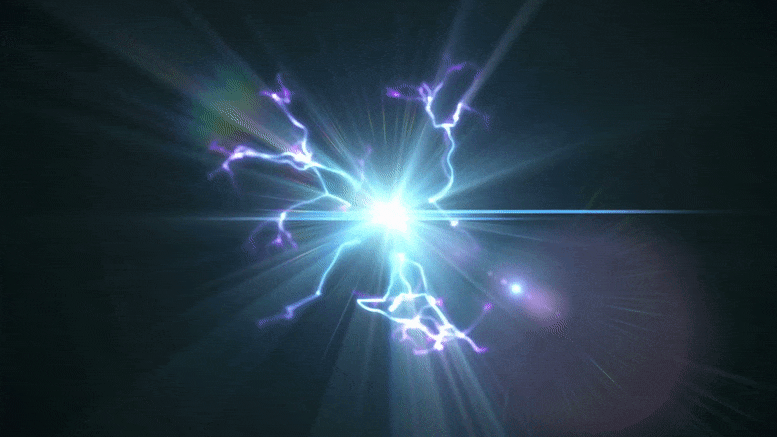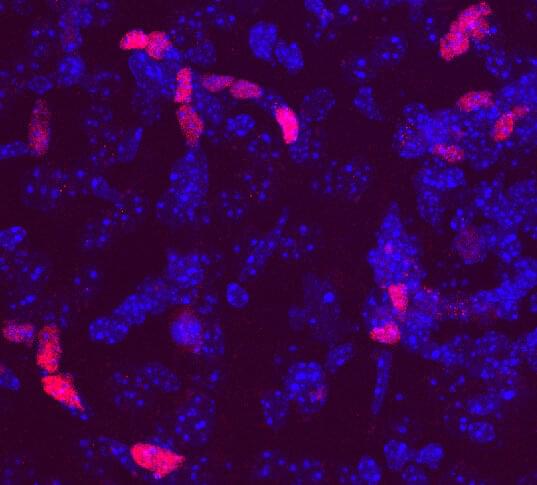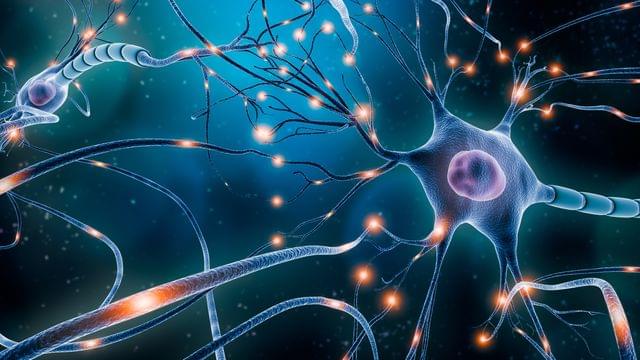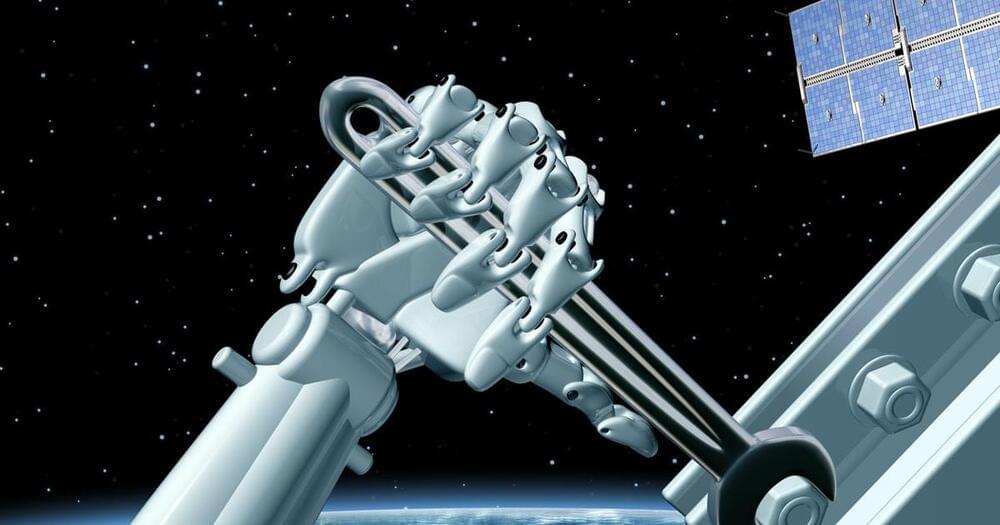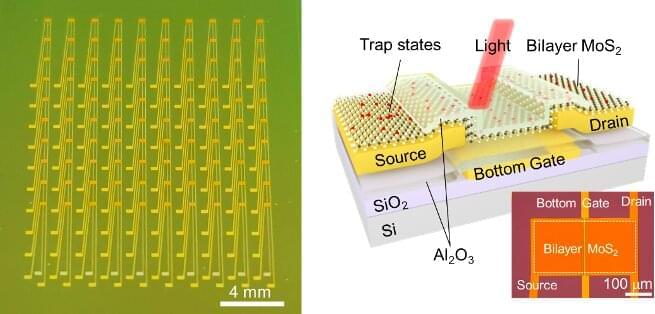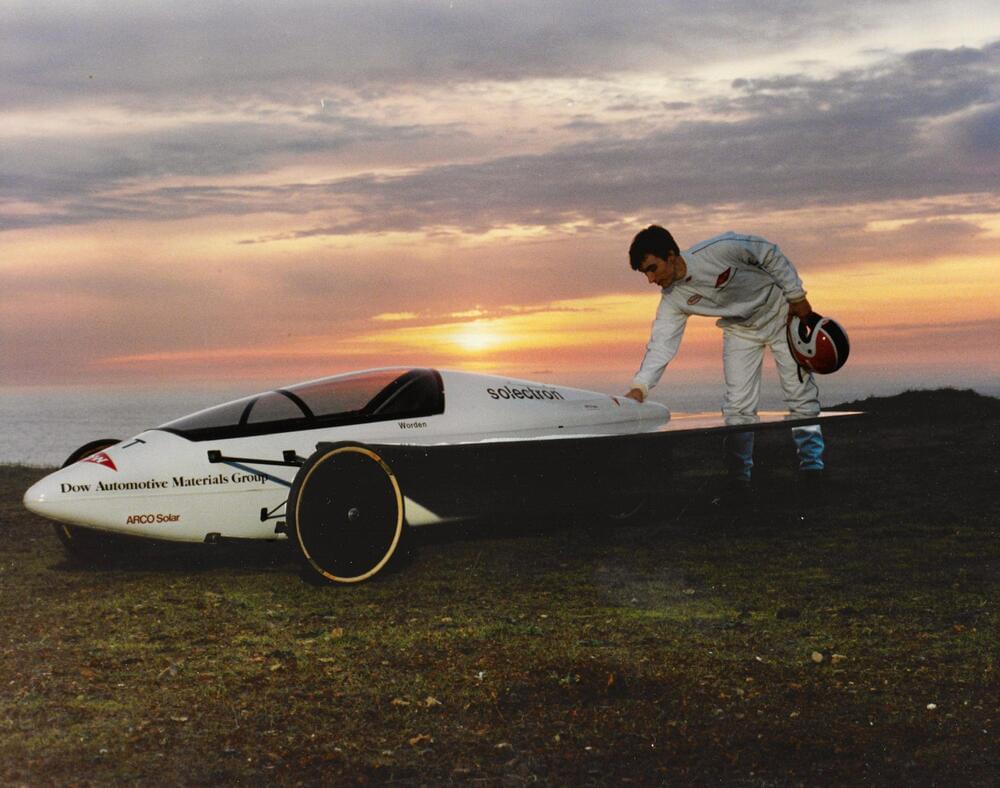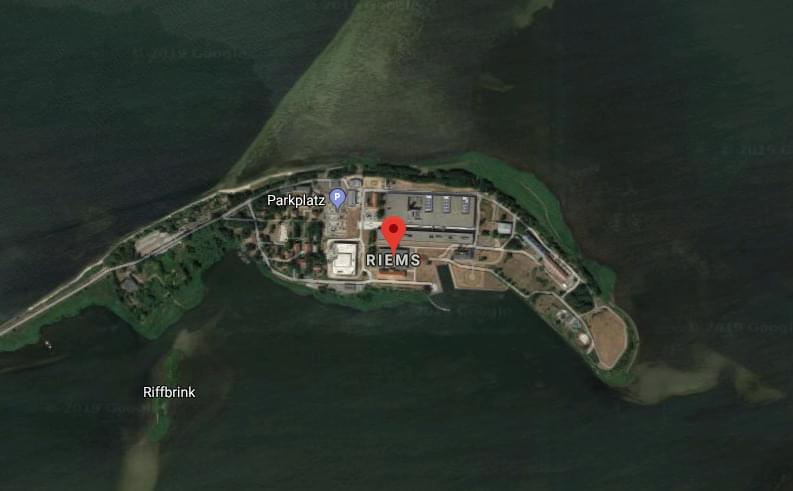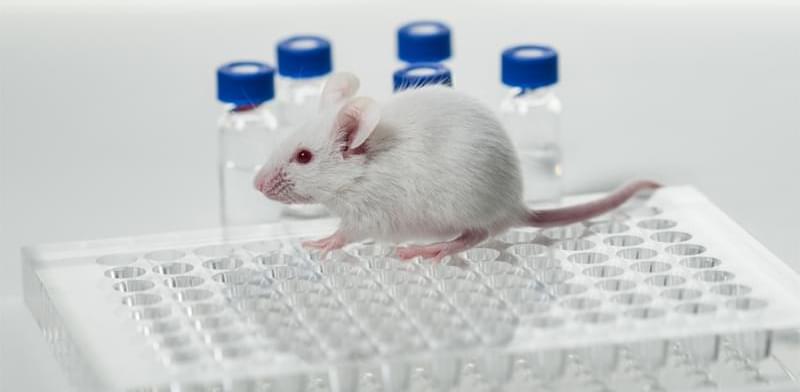“Endurance” is discovered beneath sea ice, nearly two miles beneath the ocean.
Scientists from the Max Planck Institute for Polymer Research, Paderborn University, and the University of Konstanz have succeeded in achieving a rare quantum state. They are the first to have demonstrated Wannier-Stark localization in a polycrystalline substance. Predicted around 80 years ago, the effect has only recently been proven — in a monocrystal. Until now, researchers assumed this localization to be possible only in such monocrystalline substances which are very complicated to produce. The new findings represent a breakthrough in the field of physics and could in future give rise to new optical modulators, for example, that can be used in information technologies based on light, among other things. The physicists have published their findings in the well-respected technical journal, Nature Communications.
Stronger and faster than lightning
The atoms of a crystal are arranged in a three-dimensional grid, held together by chemical bonds. These bonds can, however, be dissolved by very strong electric fields which displace atoms, even going so far as to introduce so much energy into the crystal that it is destroyed. This is what happens when lightning strikes and materials liquefy, vaporize or combust, for example. To demonstrate Wannier-Stark localization, the scientists’ experiments involved setting up electric fields of several million volts per centimeter, much stronger than the fields involved in lightning strikes. During this process, the electronic system of a solid — in this case, a polycrystal — is forced far from a state of equilibrium for a very short time. Wannier-Stark localization involves virtually shutting down some of the chemical bonds temporarily. This state can only be maintained for less than a picosecond — one millionth of one millionth of a second — without destroying the substance.
Technology could make it possible to use radio emissions from cell phone networks to wirelessly power sensors and LEDs.
Researchers have developed a new metasurface-based antenna that represents an important step toward making it practical to harvest energy from radio waves, such as the ones used in cell phone networks or Bluetooth connections. This technology could potentially provide wireless power to sensors, LEDs and other simple devices with low energy requirements.
“By eliminating wired connections and batteries, these antennas could help reduce costs, improve reliability and make some electrical systems more efficient,” said research team leader Jiangfeng Zhou from the University of South Florida. “This would be useful for powering smart home sensors such as those used for temperature, lighting and motion or sensors used to monitor the structure of buildings or bridges, where replacing a battery might be difficult or impossible.”
A single protein can reverse the developmental clock on adult brain cells called astrocytes, morphing them into stem-like cells that produce neurons and other cell types, UT Southwestern researchers report in a PNAS study. The findings might someday lead to a way to regenerate brain tissue after disease or injury.
“We’re showing that it may be possible to reprogram the fate of this subset of brain cells, giving them the potential to rebuild the damaged brain,” said study leader and co-corresponding author Chun-Li Zhang, Ph.D., Professor of Molecular Biology and an Investigator in the Peter O’Donnell Jr. Brain Institute.
During development, mammalian stem cells readily proliferate to produce neurons throughout the brain and cells—called glia—that help support them. Glia help maintain optimal brain function by performing essential jobs like cleaning up waste and insulating nerve fibers. However, the mature brain largely loses that stem cell capacity. Only two small regenerative zones, or niches, remain in the adult brain, Dr. Zhang explained, leaving it with extremely limited capacity to heal itself following injury or disease.
Could these connections formulate our consciousness? Is consciousness information flowing throughout the brain?
The Neuro-Network.
See more.
A long-standing research collaboration is simultaneously recording populations of neurons across multiple brain areas in the visual system and utilizing novel statistical methods to observe neural activity patterns being conveyed between the areas.
Machines that grip, grapple, and maneuver will soon have their go at maintaining the fleet of small spacecraft that encircle Earth.
To monitor and navigate real-world environments, machines and robots should be able to gather images and measurements under different background lighting conditions. In recent years, engineers worldwide have thus been trying to develop increasingly advanced sensors, which could be integrated within robots, surveillance systems, or other technologies that can benefit from sensing their surroundings.
Researchers at Hong Kong Polytechnic University, Peking University, Yonsei University and Fudan University have recently created a new sensor that can collect data in various illumination conditions, employing a mechanism that artificially replicates the functioning of the retina in the human eye. This bio-inspired sensor, presented in a paper published in Nature Electronics, was fabricated using phototransistors made of molybdenum disulfide.
“Our research team started the research on optoelectronic memory five years ago,” Yang Chai, one of the researchers who developed the sensor, told TechXplore. “This emerging device can output light-dependent and history-dependent signals, which enables image integration, weak signal accumulation, spectrum analysis and other complicated image processing functions, integrating the multifunction of sensing, data storage and data processing in a single device.”
Engineering projects need goals, and James Worden ’89 set an especially engaging and enduring one for himself as a high school student in the early 1980s while pursuing his passion for homebuilt go-karts.
The MIT Alumni Association seeks to engage and inspire the MIT global community to make a better world. It provides a lifelong community for MIT graduates, a launching pad for students, and growing connection among MIT friends.
On a small, unassuming German island called Riems lies one of the oldest virus research institutes in the world. And also one of the most dangerous.
The Friedrich Loeffler Institute is closed to the public. To access the island, approved visitors must first cross a small stretch of the Baltic Sea via a dam, which can be closed immediately in case of an outbreak. To enter the facility, they must take a shower and put on protective clothing. Inside, scientists study some of the world’s most deadly viruses, including bird flu, Ebola and mad cow disease.
The German island of Riems is home to some of the most dangerous virology research on the planet.
A new cellular rejuvenation therapy is reported by scientists at the Salk Institute, which can reverse aspects of aging in mice, without causing cancer or other health problems.


